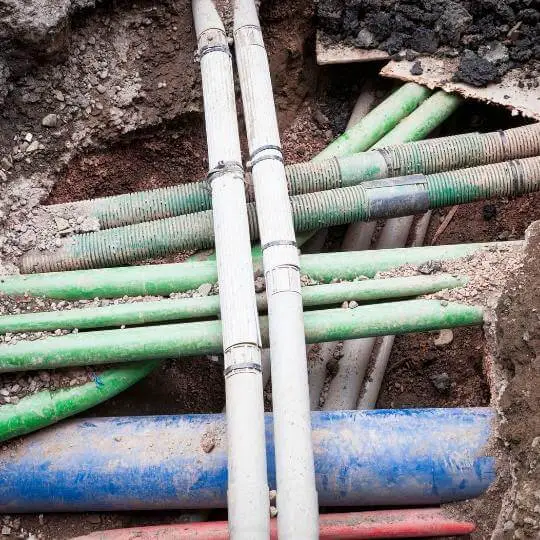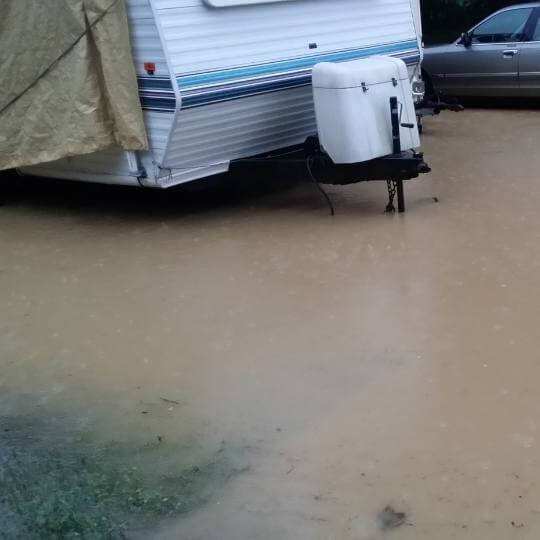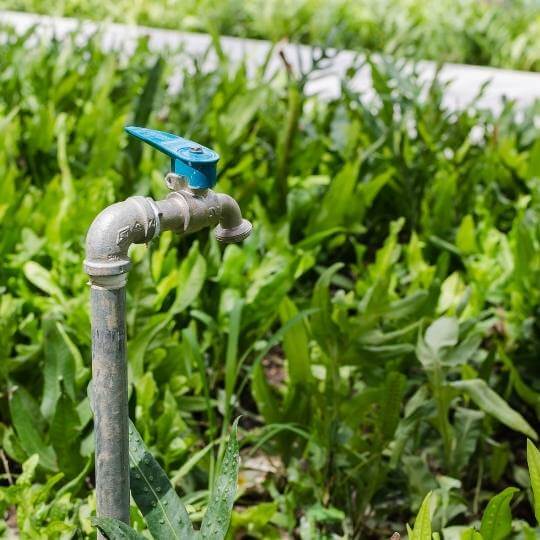Are you familiar with slab leak signs?
Slab houses are pretty common and popular in certain locations. As with every type of construction, they come with their advantages and disadvantages. The biggest disadvantage is a slab leak, a problem that is decently recent in these houses.
Slab homes and their benefits
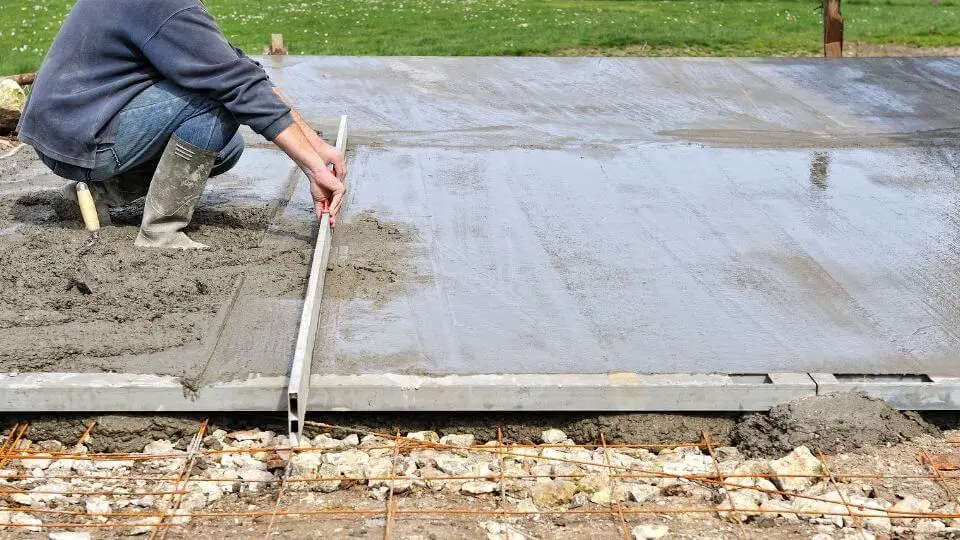
Some places have shallow water tables. In these locations, houses are often built on a concrete slab. This allows them to avoid consistent abrasion that water could cause to the foundation of the house and its walls.
However, these slabs will often be built on top of the water pipes for the household. This can cause issues. If the additional weight of the house ends up leaning onto pipes that are susceptible to breaking, leaks can happen. Additionally, any leaks that occur in general are tougher to reach.
These leaks are referred to as slab leaks. Though they can be tougher to deal with, there are ways to spot them early. The common signs of the issue are the best way to discern the problem.
Slab Leak Signs

Thankfully, as dangerous to our household as these leaks can be, there are ways to spot them early. These signs will provide ample warning before the truly catastrophic results begin. Of course, the detriments some of these signs cause to our household are also troublesome so make sure to act fast.
1. Sounds of running water below the floors
As an early warning of leaks under our slab, we can hear running water below the slabs. The thing with the sound of running water is that it could be easier to spot than the latter problems that we will see later. It’s a surefire showcase that something is off beneath our foundation. [1]
2. Water damage and dampness on floors
Among the most troubling issues we can encounter, dampness and water damage definitely stand out. Though slab leaks will initially impact the foundation they will quickly make their way into our home.
Floors are bound to be the most affected by the issue. If you have wooden flooring expect it to rise while other types of flooring can quickly get soaked. Consistent dampness can lead to the creation of mold which causes additional issues on its own. [2]
The water damage can escalate into structural damage. Walls and support beams can slowly experience deterioration from it. This could have wide-reaching consequences for the stability of our house.
3. High water bill
As you can imagine, the consistent flow of water increases the cost of our water bill. Leaks in general are key culprits of sudan spikes in water bills and slab leaks are no different. The problem with slab leaks is how inaccessible they can be for a quick fix. Requiring a more intense approach to resolving them. [3]
Of course, there is a way to confirm whether this high water bill is due to leaks. Turn off your water fixtures and all appliances that use water. Observe the water meter, if it says any water has been used during this period, we have a leak.
If you cannot locate it throughout your home, it may very well be a slab leak. If any of the other signs are also present, it’s all but guaranteed that this is the problem your household is currently experiencing.
4. Water pooling
As a leak progresses, the water from the pipes will end up accumulating. Often leading to whole pools of water near the house’s foundation. These pools can further damage the foundation if they stay in contact with it. Slowly eroding the structure of the house. [4]
Pooling will show up after the leaks are already well under their way. Checking whether some of the other signs have occurred throughout our home is a good way to go if we spot water pooling at the foundation. In the meantime, try to secure the foundation to avoid damage.
How to solve slab leaks
The biggest problem with slab leaks is how tough it can be to resolve them. These leaks are generally far greater of a problem than the early signs of them would have us believe. As they escalate, slab leaks can heavily damage the foundation of our homes. Additionally, the interior will also be damaged from the moisture that seeps in.
Thankfully, there are ways to potentially solve the issue. The cheaper option is rerouting your plumbing after a slab leak. Because the causes of a leak can stem from the pipe being pressed by the slab, moving it to a safer place can keep us safe from future problems. This action doesn’t require digging into the slab, making it far less expensive or damaging.
Slab leak issues can get worse, to a point where they could require the replacement of the entire plumbing system. Repiping an entire home is extremely time-consuming and expensive. However, though it’s guaranteed to solve the problem, repiping is rarely required.
Thankfully, no matter the intensity of the leak, your insurance may cover the costs. Home insurance generally covers plumbing leaks which also includes slab leaks.
Slab leak signs
The safest way to solve a slab leak is to act early. Pipes rarely spring a big leak initially. It starts with small ones that escalate as time passes. Initially, they may seem like nuisances rather than big problems. However, it’s not good to ignore them. Even small leaks can harm our household.
Read Next: How Deep Are Plumbing Pipes Under a Slab House
Conclusion
Slab leaks are a hassle to deal with generally. However, the signs that warn of the issue are plentiful and tough to ignore. Water damage, pooling, high water bill, and other similar warning signs will do damage on their own. This means we are likely to uncover the leak as we deal with the aforementioned issues that stem from it.
Rerouting pipes is a frequent solution to the problem. One that isn’t as time or cost intensive as repiping. If the problems go away you won’t need to use actions that could damage the slab or disturb your daily life such as repiping.
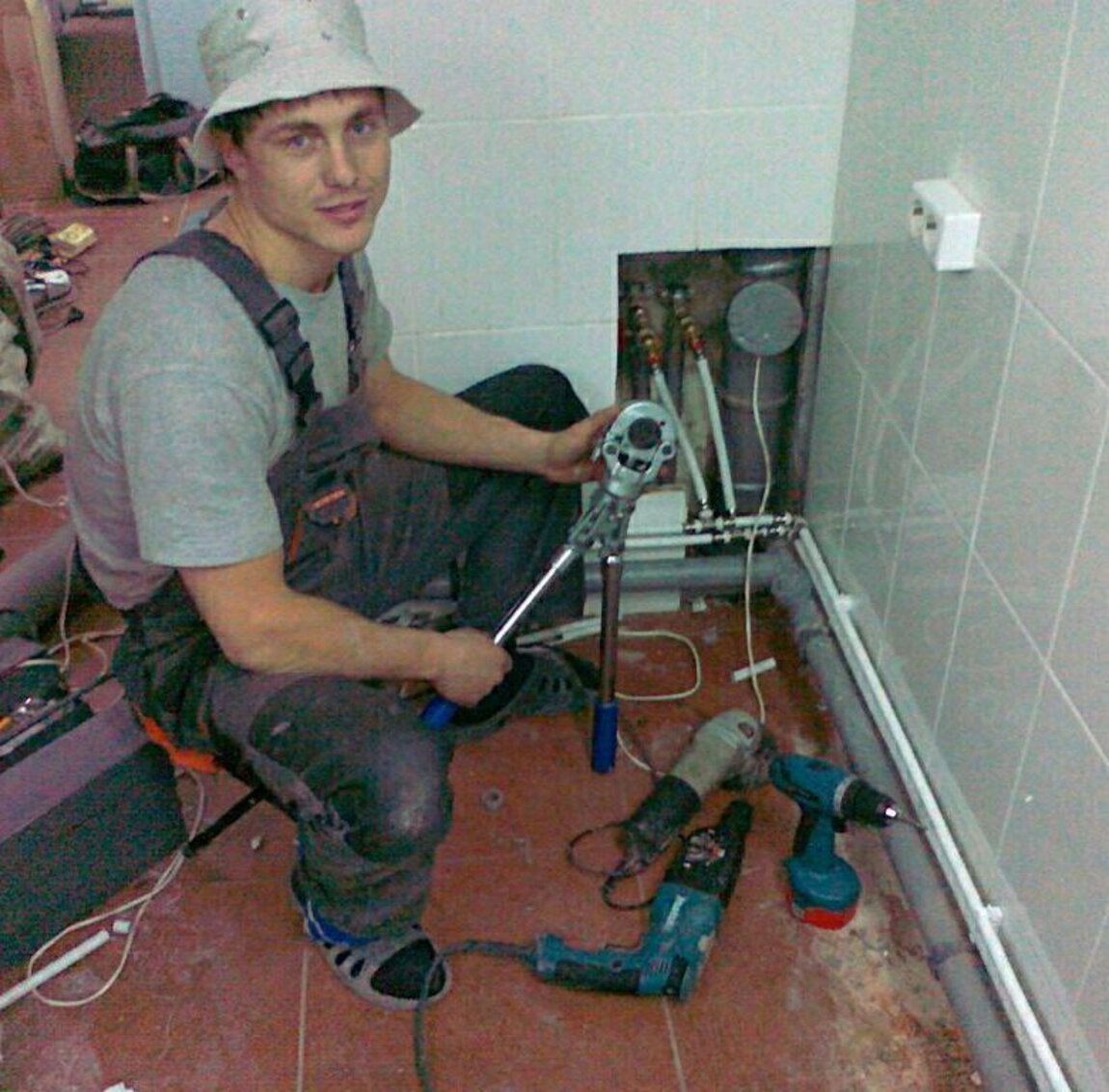
Michael Davis is a heating & plumbing expert who currently works as independent contractor in SC. He also writes for Plumbertip.
For almost 10 years he worked on various plumbing tasks across South Carolina.
